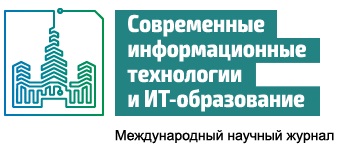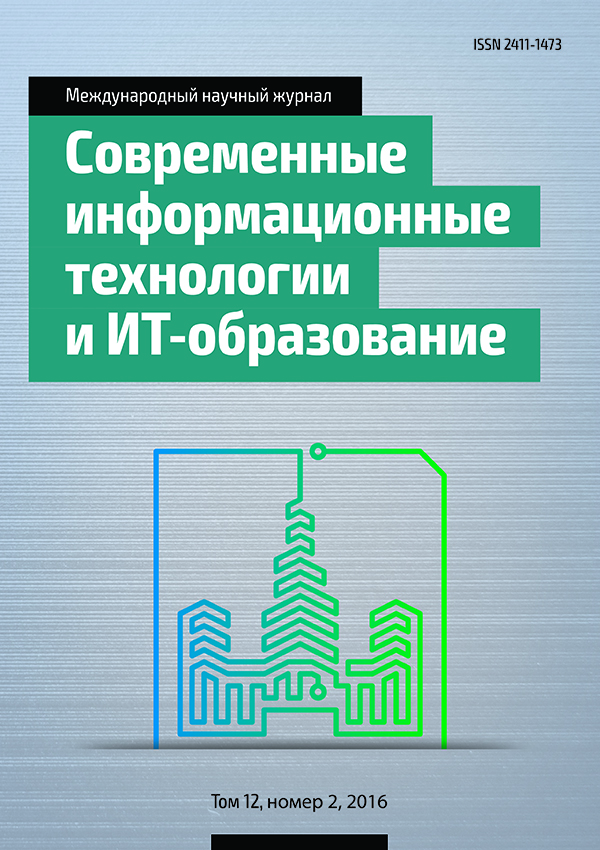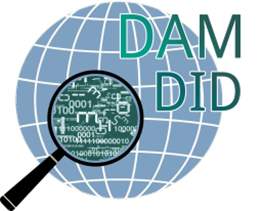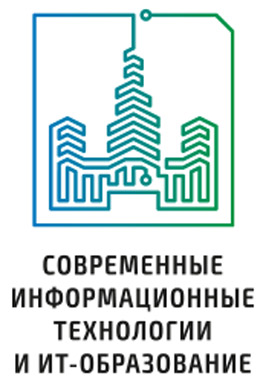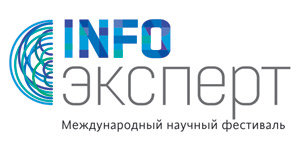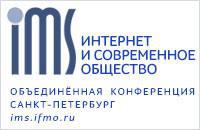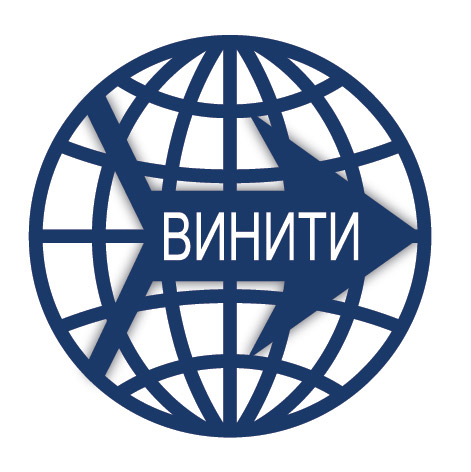РАЗРАБОТКА СЕРВИСА ДЛЯ РЕШЕНИЯ ЗАДАЧ ПРОГНОЗИРОВАНИЯ МЕТОДАМИ НЕЧЕТКОЙ МАТЕМАТИКИ
Аннотация
В статье обсуждается теоретическая обоснованность выбора методов нечеткой математики при решении задач прогнозирования. Проводится краткий анализ популярных, распространенных методов решения и анализа решения задач прогнозирования в различных сферах повседневной жизни.
Литература
2. BaseGroup Labs URL:https://basegroup.ru/community/articles/fuzzylogic-math
3. Заде Л. Понятие лингвистической переменной и его применение к принятию приближенных решений. – М.: Мир, 1976.
4. Kosko B. Fuzzy systems as universal approximators // IEEE Transactions on Computers, vol. 43, No. 11, November 1994. – P. 1329-1333.
5. Cordon O., Herrera F., A General study on genetic fuzzy systems // Genetic Algorithms in engineering and computer science, 1995. – P. 33-57.
6. Дюбуа Д., Прад А. Теория возможностей. Приложения к представлению знаний в информатике.
7. Прикладные нечеткие системы / Под ред. Т. Тэрано, К. Асаи, М. Сугэно. – М.: Мир, 1993.- 368 с.
8. Chen S.M. Forecasting enrollments based on fuzzy time series // Fuzzy Sets Systems, 1996, vol. 81, no. 3, pp. 311-319.

Это произведение доступно по лицензии Creative Commons «Attribution» («Атрибуция») 4.0 Всемирная.
Редакционная политика журнала основывается на традиционных этических принципах российской научной периодики и строится с учетом этических норм работы редакторов и издателей, закрепленных в Кодексе поведения и руководящих принципах наилучшей практики для редактора журнала (Code of Conduct and Best Practice Guidelines for Journal Editors) и Кодексе поведения для издателя журнала (Code of Conduct for Journal Publishers), разработанных Комитетом по публикационной этике - Committee on Publication Ethics (COPE). В процессе издательской деятельности редколлегия журнала руководствуется международными правилами охраны авторского права, нормами действующего законодательства РФ, международными издательскими стандартами и обязательной ссылке на первоисточник.
Журнал позволяет авторам сохранять авторское право без ограничений. Журнал позволяет авторам сохранить права на публикацию без ограничений.
Издательская политика в области авторского права и архивирования определяются «зеленым цветом» в базе данных SHERPA/RoMEO.
Все статьи распространяются на условиях лицензии Creative Commons «Attribution» («Атрибуция») 4.0 Всемирная, которая позволяет другим использовать, распространять, дополнять эту работу с обязательной ссылкой на оригинальную работу и публикацию в этом журналe.
